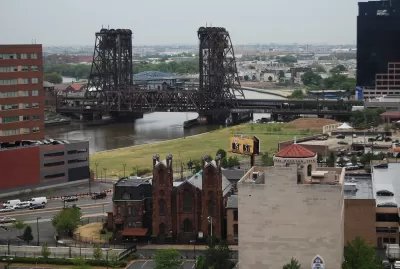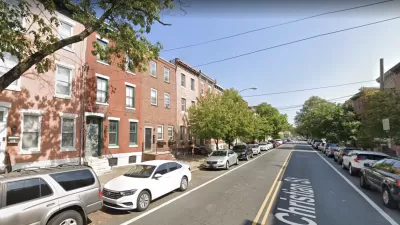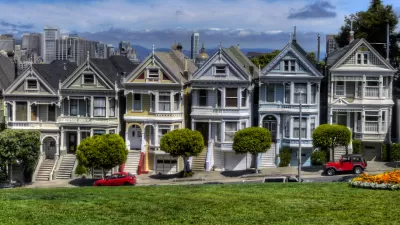New Jersey's largest city is celebrating a downtown revival, but city leaders want to ensure that Newark avoids the displacement that often accompanies revitalization.

The good news is that this city of 280,000 residents, long associated with racial strife and decay, has been undergoing a revival. The challenge facing Mayor Ras J. Baraka and the city council is how to ensure that longtime residents are not displaced, reports Rick Rojas, metro reporter for The New York Times.
Descriptions of Newark as 'the next Brooklyn' are bandied about regularly but just as often swatted down by city leaders, who say they have looked to other cities’ experiences not as potential road maps but as cautionary tales.
First, a bit of history
The drain of the city’s white population started with the advent of the highway system and the rise of the suburbs. But the unrest in 1967, triggered by anger over racism and police brutality, with days of deadly demonstrations, intensified the exodus and cemented the negative view of Newark that it is still trying to shake.
Fast forward to today, and the city still has its socio-economic problems.
Poverty in Newark remains at a rate well above the national average, and only 18 percent of the people who hold jobs in Newark live here, according to a report from the New Jersey Institute for Social Justice; in other large cities that figure is often between 30 and 50 percent.
For example, "[i]n New Orleans, local residents hold 46 percent of jobs; in Detroit, local residents hold 25 percent of jobs," according to the institute's report, "Bridging the Two Americas: Employment & Economic Opportunity in Newark & Beyond," released last April.
The major tools to avoid gentrification include a local hiring program and inclusionary zoning for larger developments that Baraka is trying to get the city council to approve.
White flight reversal
Whites are returning to this city where people of color constitute 72 percent of the population. But this in-migration need not result in displacement.
[S]ome argue that there is plenty of room for newcomers, considering the city’s spacious footprint, the abandonment of many neighborhoods and that most development is focused downtown, where few people had lived and that essentially became deserted at the end of the business day.
“I think it gives it a leg up in trying to do this kind of work,” Nancy Cantor, the chancellor of Rutgers-Newark, said of the city’s geography. “There’s so much empty, available real estate that, at least initially, the wave of development doesn’t require displacing people.”
But that creates its own problem, explains Max Herman, an associate professor of sociology at New Jersey City University, who wrote an oral history on the 1967 riots in Newark and Detroit and studies gentrification.
“There’s been a vast improvement,” Professor Herman said. “The downtown is a much safer place. It’s a much more interesting place.” But, he added, “The rest of Newark has not benefited.”
FULL STORY: A Revival Comes to Newark, but Some Worry It’s ‘Not for Us’

Alabama: Trump Terminates Settlements for Black Communities Harmed By Raw Sewage
Trump deemed the landmark civil rights agreement “illegal DEI and environmental justice policy.”

Planetizen Federal Action Tracker
A weekly monitor of how Trump’s orders and actions are impacting planners and planning in America.

Why Should We Subsidize Public Transportation?
Many public transit agencies face financial stress due to rising costs, declining fare revenue, and declining subsidies. Transit advocates must provide a strong business case for increasing public transit funding.

Understanding Road Diets
An explainer from Momentum highlights the advantages of reducing vehicle lanes in favor of more bike, transit, and pedestrian infrastructure.

New California Law Regulates Warehouse Pollution
A new law tightens building and emissions regulations for large distribution warehouses to mitigate air pollution and traffic in surrounding communities.

Phoenix Announces Opening Date for Light Rail Extension
The South Central extension will connect South Phoenix to downtown and other major hubs starting on June 7.
Urban Design for Planners 1: Software Tools
This six-course series explores essential urban design concepts using open source software and equips planners with the tools they need to participate fully in the urban design process.
Planning for Universal Design
Learn the tools for implementing Universal Design in planning regulations.
Caltrans
Smith Gee Studio
Institute for Housing and Urban Development Studies (IHS)
City of Grandview
Harvard GSD Executive Education
Toledo-Lucas County Plan Commissions
Salt Lake City
NYU Wagner Graduate School of Public Service





























